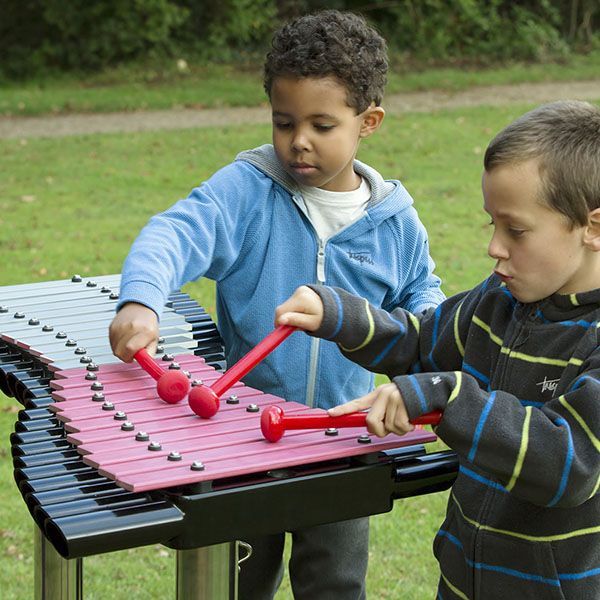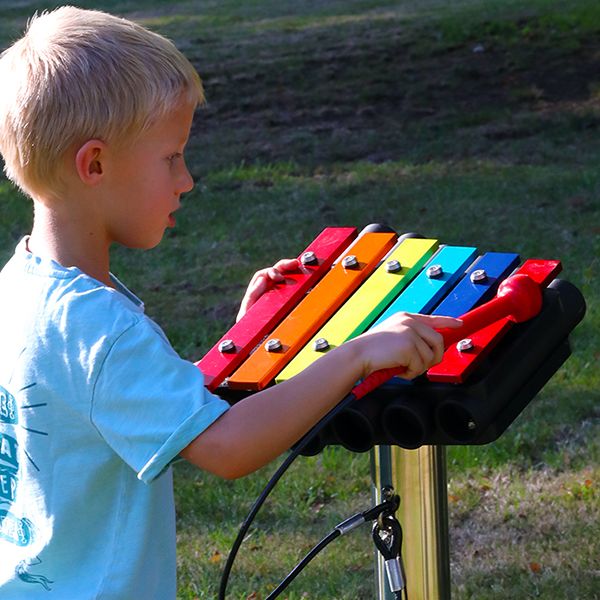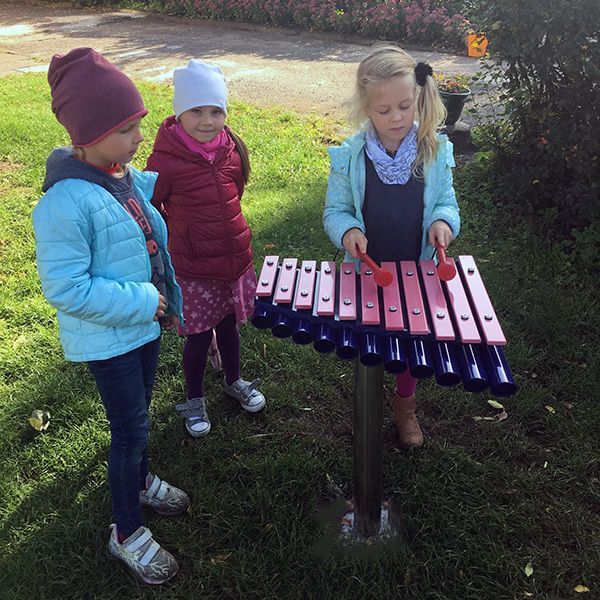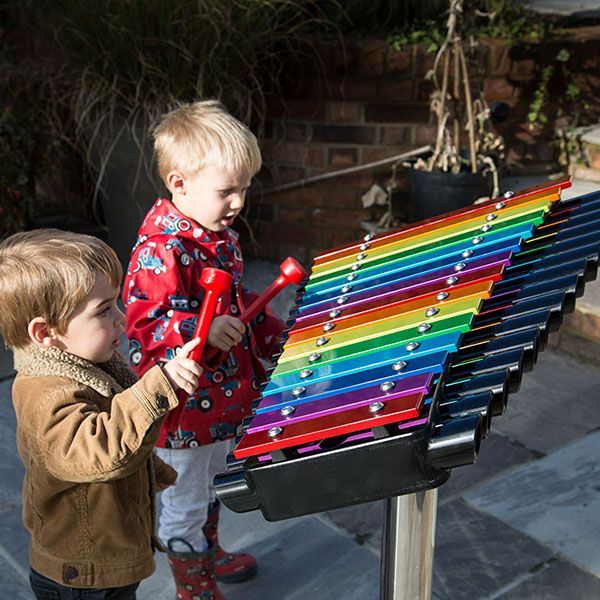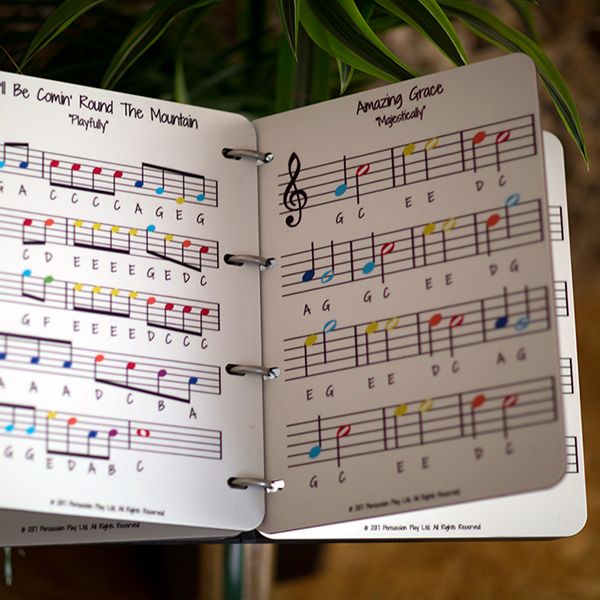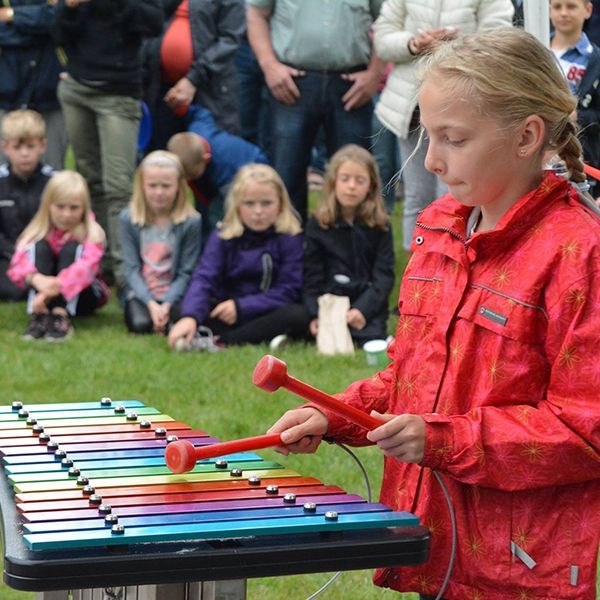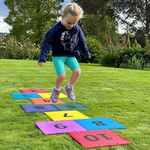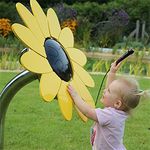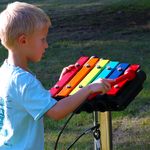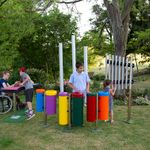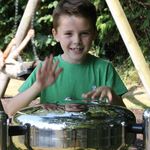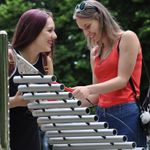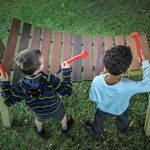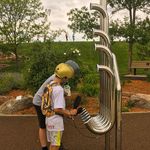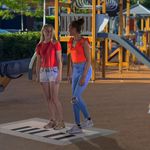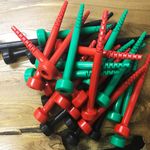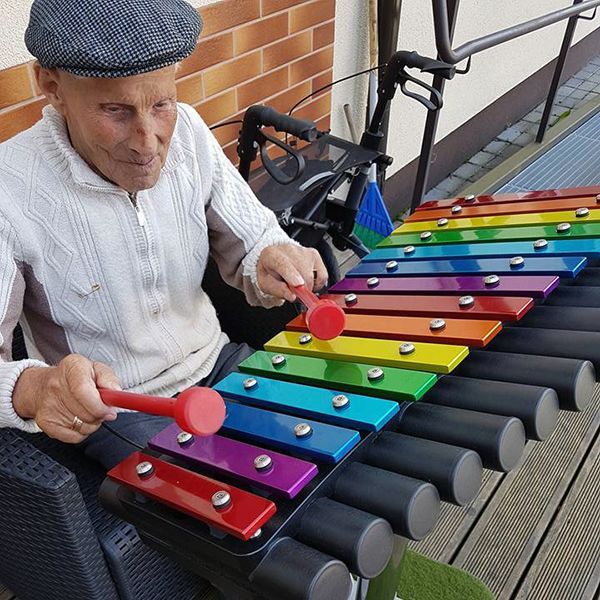Our xylophones and metallophones enable people to create fantastic music without requiring any lessons or training. Visitors enjoy experimenting with these instruments to explore the various sounds they can produce. They quickly learn how to play softly or loudly, discover beat and rhythm, and experiment with creating their own melodies.
Xylophones & Metallophones
Our xylophones and metallophones enable people to create fantastic music without requiring any lessons or training. Visitors enjoy experimenting with these instruments to explore the various sounds they can produce. They quickly learn how to play softly or loudly, discover beat and rhythm, and experiment with creating their own melodies.
